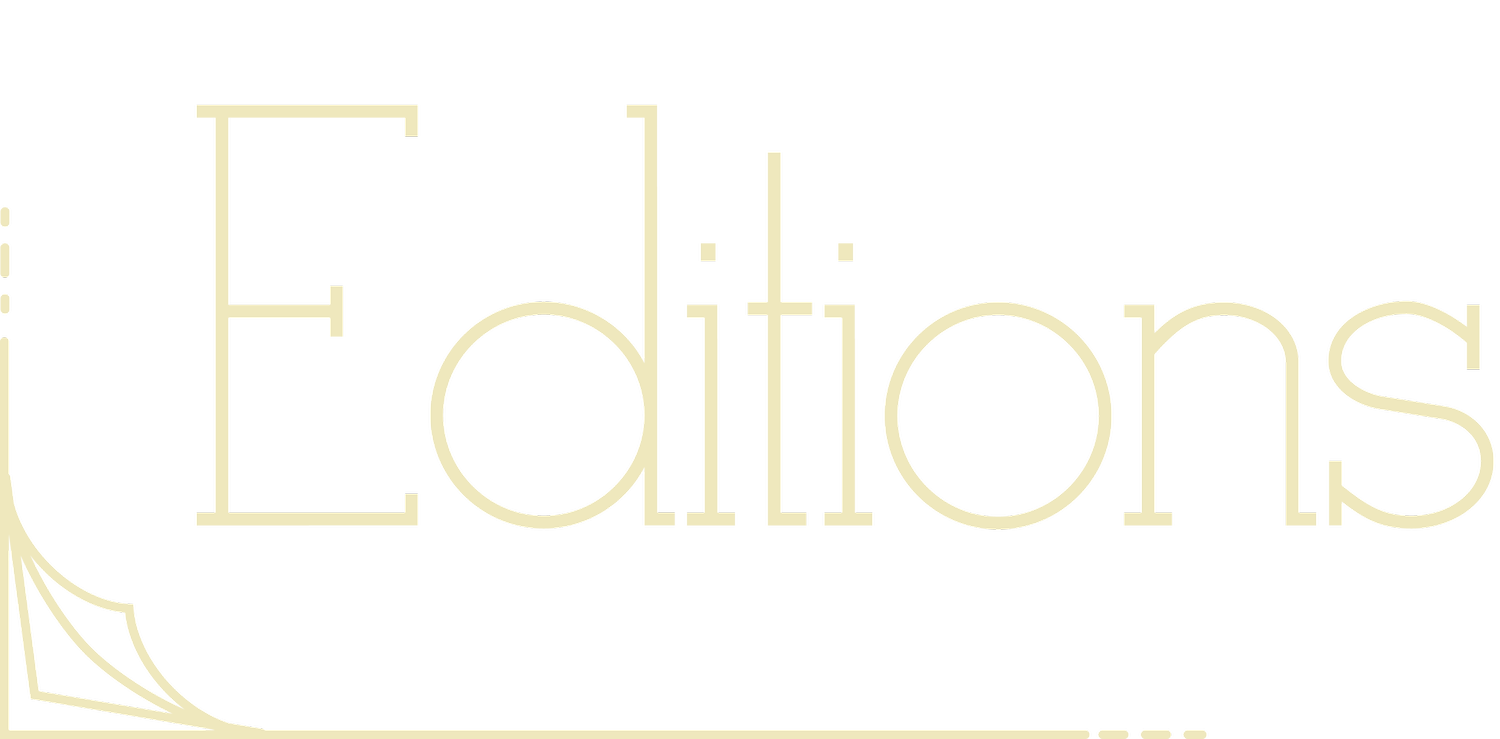Jordan Hayward
Biography
Jordan Hayward is an African American photographer and printmaker based out of
Seattle, Washington. He was born in Puyallup, Washington in the spring of 2001.
Growing up in Suburban Puyallup, he was one of few people of color in the community that raised him. Hayward was a freshman in high school when he discovered a passion for photography, after his grandmother bought him his first camera—a Canon Rebel t6. Hayward spent his high school years photographing anything he could shoot, from the grand landscapes of the Pacific Northwest, to high school sports and youth group events. But photographers like Gordon Parks and Shaniqwa Jarvis would later inspire him to hone in on portraiture.
Leaving home, Jordan Hayward enrolled at Seattle Pacific University. There he studies digital photography and art history. Halfway into his freshman year, the COVID-19 pandemic put a pause on normal life. Hayward was sent back to Puyallup. While taking remote classes online for nearly two years, Hayward discovered the art of serigraphy. The practice began as a hobby, printing in his parents’ bathroom, then quickly blossomed into a way to spread a message close to the artist’s heart. Spurred on by the killing of unarmed black men and women like Ahmaud Arbery, Breonna Taylor, and George Floyd, Hayward created his first screen printing design as a tribute to those lost to police brutality.
With love for both photography and serigraphy, Jordan Hayward sought to synthesize the two mediums. Seeking to defy the “content-creating” culture of Instagram and Youtube, Hayward chose to translate his photography through the silk screen. As opposed to the quick pace of social media, Hayward’s compositions require large time commitments. He aims to turn his images into multi-layered prints meant to be tangible, corporeal, and lasting.
Artist Statement
My project centers on the translation of analog photographs into multi-layered screen prints. Taking images shot on my medium format film camera, I am creating designs to be burned into silk screens for printing onto a different surface. The result is a more blurred, hazy almost pixelated rendition of the already grainy portraits. With both screen printing and film photography, there’s lots of room for error. Because both mediums rely so heavily on a manual process, there are plenty of steps where something can go wrong. And most often, something does go wrong. So by compounding the two, I am leaning into the happy accidents.
Something about the physicality of screen printing makes for a much more fulfilling end result. The medium has allowed me to create something more tangible with my work. For so many photographers it can be a struggle to see your work anywhere else besides Instagram—a medium where images are scrolled past and viewed for no more than a few brief seconds. The prints I am making are here to be seen, and here to stay. Once these posters are pasted up, they can’t come down (until they quite literally disintegrate).
Statement of Intent
With this residency, I am looking to learn new ways to engage with my local community through printmaking. The printmaking community of Seattle Pacific is smaller, so I could greatly benefit from interacting with a wider base of printmakers. I am excited to glean from other residents and experts at SPA and Editions, and imbue my art with meaning beyond aesthetic quality. I recently started creating posters, and I am excited about the potential for creating new/continuing existing dialogues through wheat pasting my art. I hope I could use this experience to investigate what those conversations are I am passionate about and how I can use my printing to articulate them into my community.







